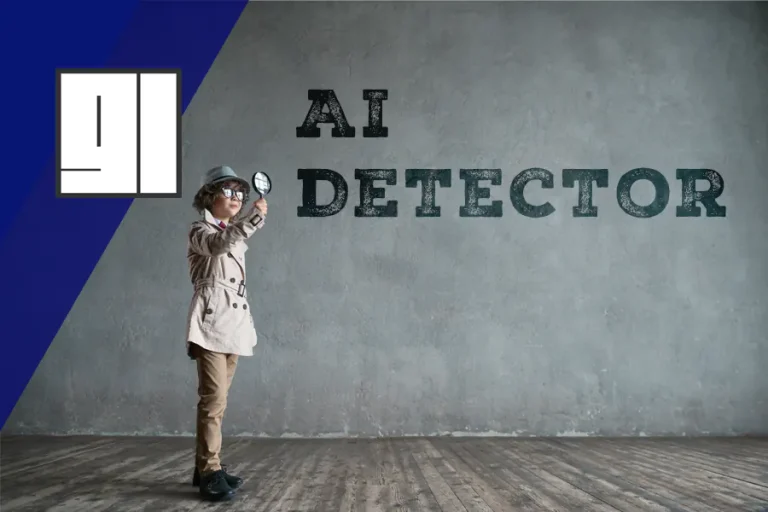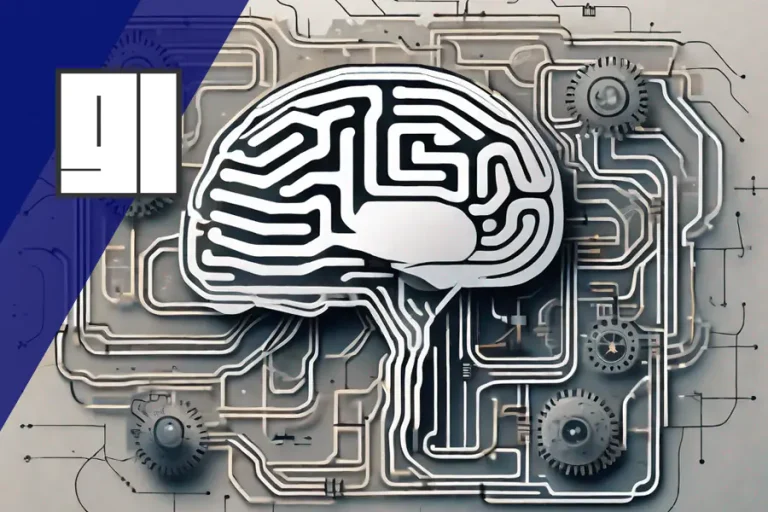Introducing ChatGPT Edu: Revolutionizing Education with AI
As an AI enthusiast, I am excited to share the launch of ChatGPT Edu, a tailored version of ChatGPT designed for universities. This initiative aims to responsibly bring AI to campuses, leveraging the powerful capabilities of GPT-4o. Universities such as the University of Oxford, Wharton School, University of Texas at Austin, Arizona State University, and Columbia University have already seen significant success with ChatGPT Enterprise, inspiring the creation of ChatGPT Edu to further expand AI integration in higher education.
How Campuses Use ChatGPT Today
ChatGPT is revolutionizing university operations by providing personalized tutoring, resume reviews, research assistance, and faculty support. Here are some notable applications:
- Personalized Tutoring: AI helps students understand complex subjects and prepare for exams.
- Resume Reviews: Instant feedback on resumes to improve job applications.
- Research Assistance: Streamlined grant applications and data analysis.
- Faculty Support: Assistance in grading and generating course materials.
Examples:
- Columbia University: Professor Nabila El-Bassel’s team uses AI to analyze large datasets for community-based strategies, significantly reducing research time.
- Wharton School: Students in Professor Ethan Mollick’s courses use GPT for final reflection assignments, enhancing their critical thinking.
- Arizona State University: Assistant Professor Christiane Reves develops Language Buddies GPT for German language practice, providing tailored feedback and saving faculty time.
Benefits of ChatGPT Edu
ChatGPT Edu is designed to be accessible and scalable, providing universities with:
- Access to GPT-4o: Advanced capabilities in text interpretation, coding, and mathematics.
- Data Analytics: Enhanced tools for web browsing and document summarization.
- Custom GPTs: Create and share custom versions within university workspaces.
- Higher Message Limits: More interactions compared to the free version.
- Improved Language Support: Over 50 languages supported with enhanced quality and speed.
- Robust Security: Group permissions, SSO, SCIM 1, and GPT management.
- Data Privacy: Conversations and data are not used to train OpenAI models.
Kyle Bowen, Deputy CIO at Arizona State University, emphasizes, “Integrating OpenAI’s technology into our educational and operational frameworks accelerates transformation at ASU. We’re collaborating across our community to harness these tools, extending our learnings as a scalable model for other institutions.”
Pros and Cons of Introducing ChatGPT to Education
Pros:
- Enhanced Learning: Personalized experiences cater to individual student needs.
- Efficiency: Automation of administrative tasks and grading.
- Accessibility: Support in multiple languages and resources for students with disabilities.
- Research Aid: Accelerated research processes and innovative discoveries.
- Scalability: Meets the needs of large student bodies without compromising quality.
Cons:
- Privacy Concerns: Stringent privacy policies needed to protect student data.
- Equity Issues: Ensuring equal access to technology.
- Dependence on AI: Potential reduction in critical thinking skills.
- Implementation Costs: Initial setup and maintenance expenses.
- Ethical Considerations: Addressing data use, bias in AI models, and impact on teaching roles.

Future Expansion to High Schools and Lower Levels
Expanding AI to high schools and lower educational levels could revolutionize learning but requires careful consideration:
Benefits:
- Early Exposure: Prepares students for future technological advancements.
- Enhanced Engagement: Interactive AI makes learning more engaging.
- Personalized Learning: Adapts to individual learning paces and styles.
- Resource Availability: Provides educational resources and support.
Challenges:
- Privacy and Safety: Protecting minors’ privacy.
- Teacher Training: Effective integration of AI in teaching practices.
- Cost: Budget constraints for AI technology adoption.
- Digital Divide: Ensuring all students have access to necessary technology.

Privacy Considerations
Protecting student privacy is crucial when deploying AI. Key considerations include:
- Data Encryption: Encrypting student data in transit and at rest.
- Access Controls: Limiting access to student data.
- Data Minimization: Collecting only necessary data.
- Transparency: Being clear about data collection and use.
- Compliance: Adhering to data protection laws and regulations.
Challenges of International Expansion
Expanding ChatGPT Edu to countries with different data protection regulations, such as the DSGVO in Europe, presents significant challenges. Many governments do not trust the storage of minors’ data on US servers due to concerns about data access by the US government. To address these issues, ChatGPT Edu must implement robust data localization strategies, ensure compliance with international privacy standards, and provide transparent data handling practices to build trust and meet global regulatory requirements.
Conclusion
The launch of ChatGPT Edu represents a transformative step in integrating AI into education. This technology enhances learning experiences, streamlines administrative tasks, and fosters innovation in research. However, responsible deployment requires balancing benefits with privacy and ethical considerations. By expanding AI to all educational levels and ensuring robust privacy policies, ChatGPT Edu can revolutionize education, preparing students for a future where AI is integral to learning and teaching.
For more details, you can visit the OpenAI article.

Graz is a tech enthusiast with over 15 years of experience in the software industry, specializing in AI and software. With roles ranging from Coder to Product Manager, Graz has honed his skills in making complex concepts easy to understand. Graz shares his insights on AI trends and software reviews through his blog and social media.







